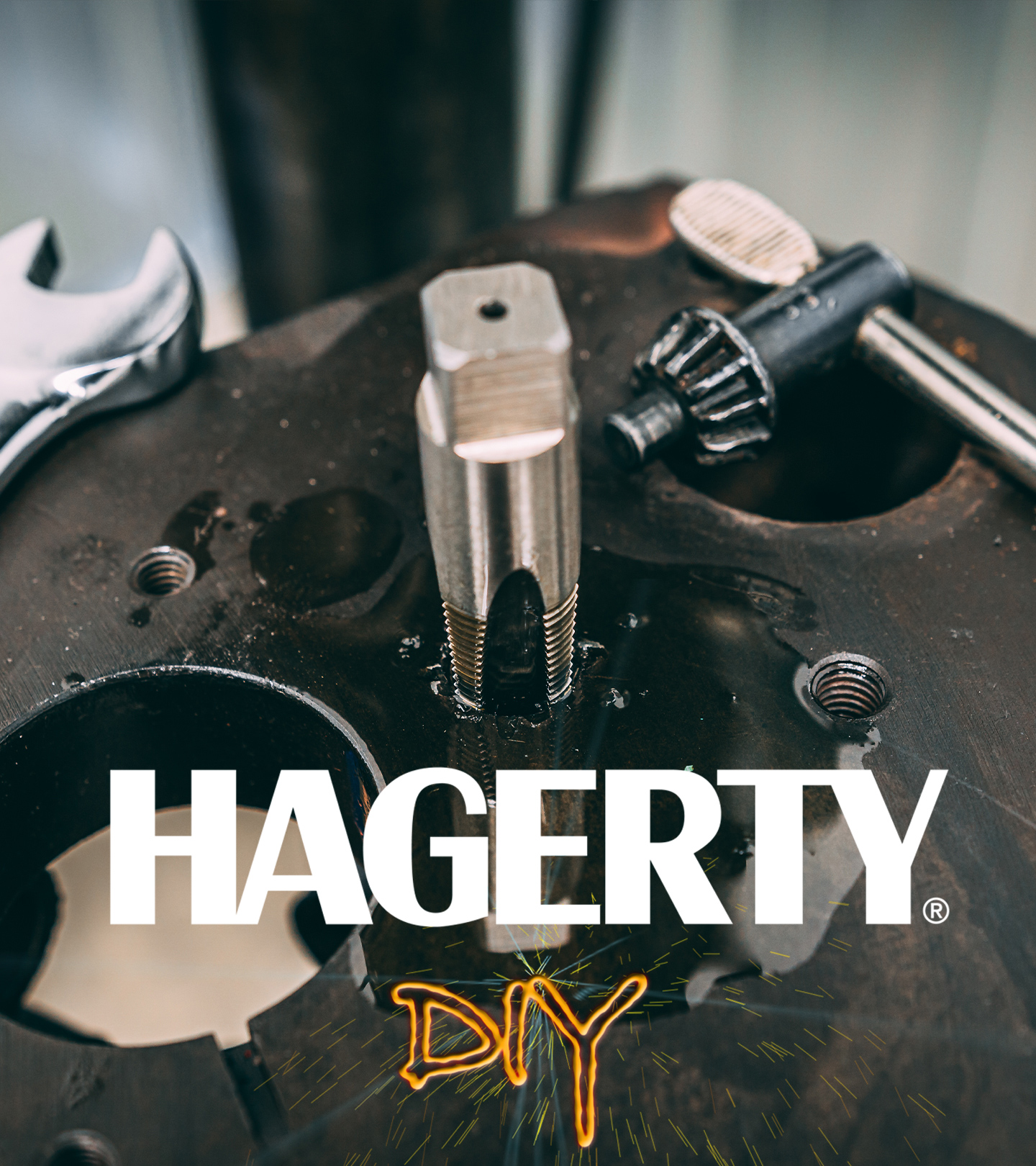Watch us dissect this Chevy pickup’s 216 Stovebolt - Hagerty Media
The 1950 Chevrolet 3600 pickup has lost its engine, and the inline-six is now ready to be pulled apart. Davin barely had the engine bolted to the stand before he reached for the tools, but luckily, we delayed him long enough to explain the tear-down process to us in the latest Redline Update.
Despite some cleaning, the dirt and corrosion in this engine reveals its many years of work. The hardware didn’t put up much of a fight, but Davin elected to use the oxy-acetylene torch to heat up the bolts holding the intake and exhaust manifolds to the cylinder head as a preemptive measure. Better the extra step now than reaching in the tool chest for the EZ-Outs later.
Even with a little extra caution during teardown, this engine came apart quickly. Looking at the parts on the table, Davin reflects on a few of the things that stand out in his V-8-oriented mind.
“The cylinder head is a really weird design to me,” he says, eyeing the long lump of cast iron on the table. “It looks like they took an L-head design from a flathead and folded it up to make it fit on top.”
True, if you look inside an engine designed for efficiency, you won’t see a flow pattern like that. However, efficiency was not Chevrolet’s initial plan with the 216’s straight-six ancestor. The sales pitch for those initial straight-six engines was “a six for the price of a four,” a slogan that sold the additional cylinder count to those cross-shopping against the smaller, less powerful, and rougher-running engine of the late 1920s and early 1930s. The heritage stuck around and might explain why the valve cover decal Davin uncovered on the 216 was “Thriftmaster.”
With the engine block empty and the worktables full, the next task is to load up select bits and head to the machine shop—a trip that will be covered in the next Redline Update. Be sure to subscribe to Hagerty’s YouTube channel to receive updates with each video that goes live so you never miss a new update.










